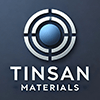Showing 13–24 of 40 results
-
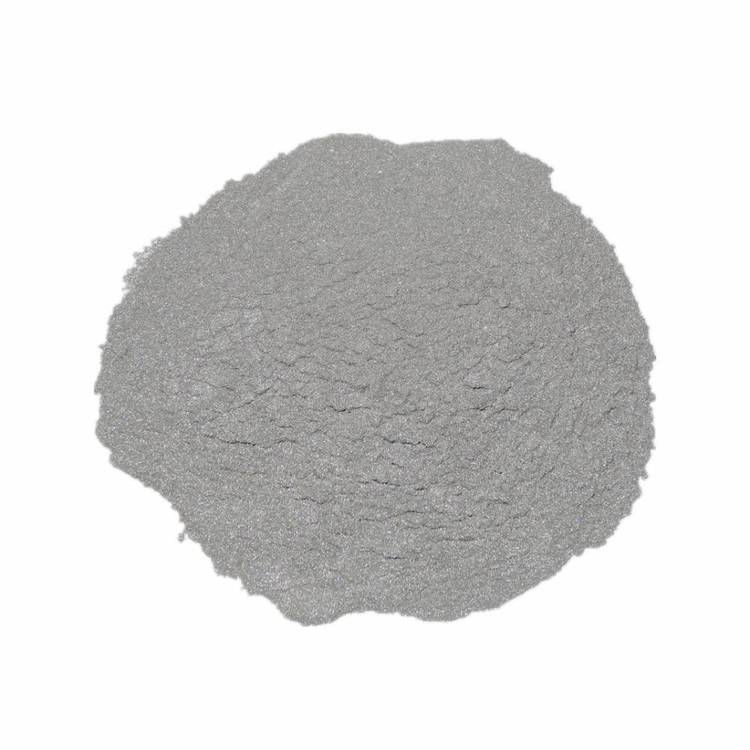
- High Strength-to-Weight Ratio: Combines the lightweight benefits of aluminum with the strength of iron.
- Thermal Stability: Resistant to high temperatures, making it ideal for demanding environments.
- Corrosion Resistance: Excellent performance in corrosive conditions.
- Customizable Particle Sizes: Suitable for diverse manufacturing processes.
- High Purity: Ensures consistent quality and performance.
- Excellent Alloying Properties: Compatible with various manufacturing techniques like powder metallurgy and additive manufacturing.
-
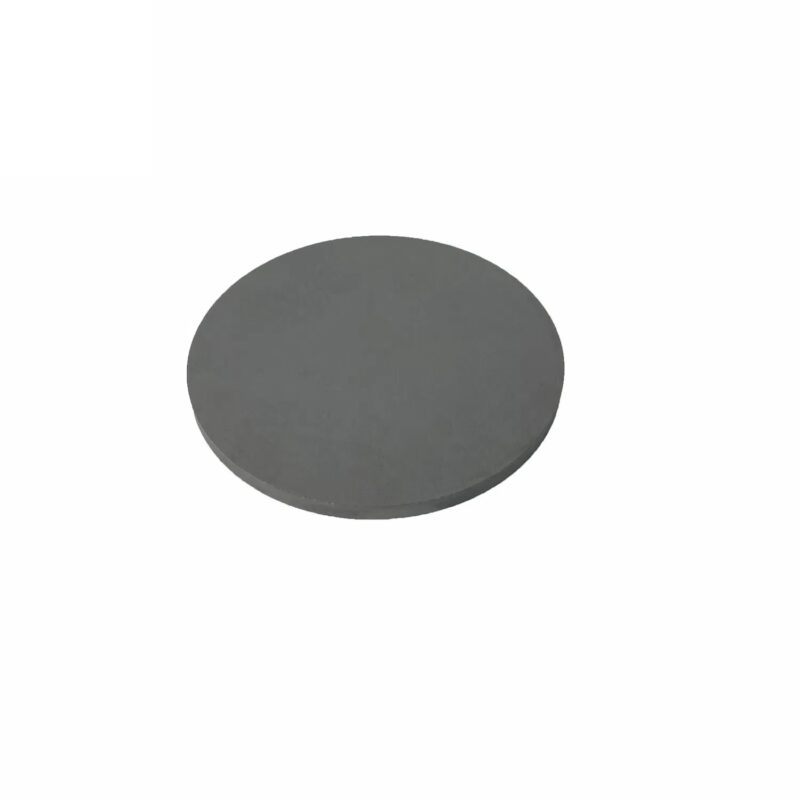
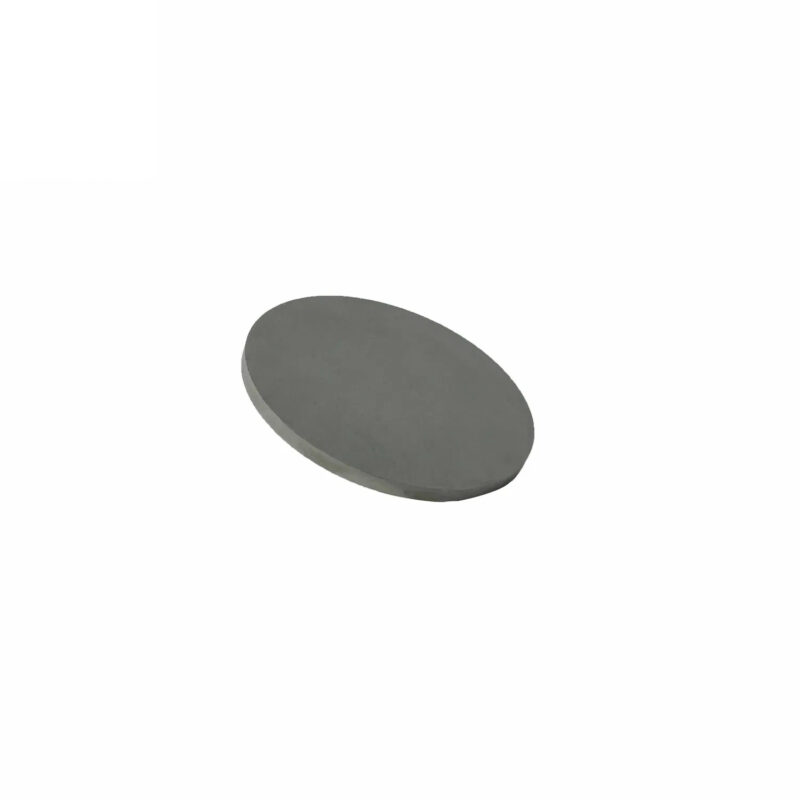
- High Thermal Conductivity: AlN offers one of the highest thermal conductivities among non-metals, which is vital for heat dissipation in high-power electronics and optoelectronics.
- Electrical Insulation: AlN is an excellent electrical insulator, making it suitable for electronic applications requiring electrical isolation with effective thermal management.
- Piezoelectric Properties: AlN exhibits strong piezoelectric properties, making it ideal for use in sensors, actuators, and acoustic wave devices.
- High Hardness and Durability: AlN films are mechanically robust, offering good wear resistance and durability for applications in harsh environments.
- Good Chemical Stability: AlN is resistant to many chemicals and environmental conditions, ensuring longevity in demanding applications.
-
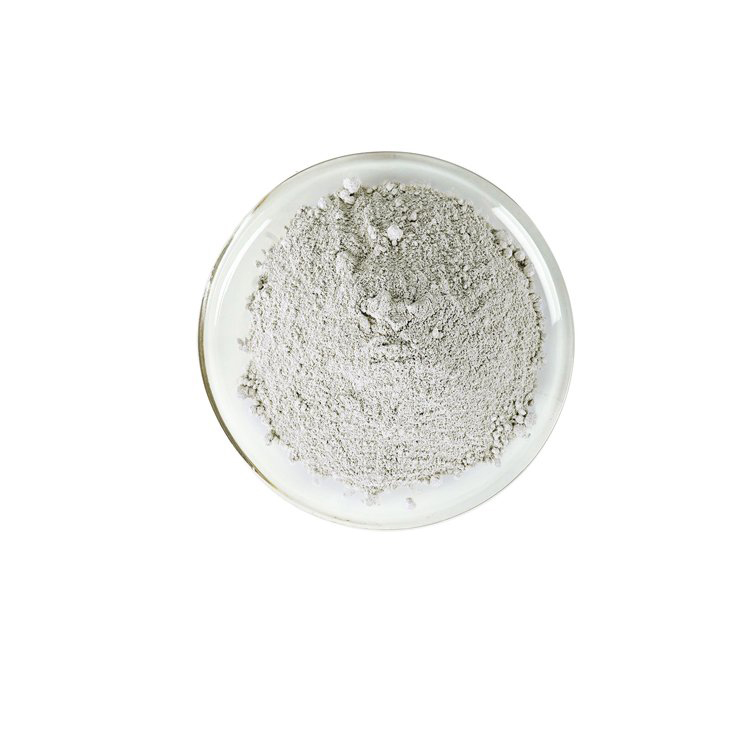
- High Thermal Conductivity: Up to 180 W/m·K, ideal for heat dissipation in electronic devices.
- Excellent Electrical Insulation: High resistivity, suitable for high-voltage applications.
- Low Thermal Expansion: Matches well with silicon, reducing thermal stress in electronic assemblies.
- Chemical Stability: Resistant to chemical corrosion, even at high temperatures.
- Wide Applicability: Compatible with a variety of processing methods, including sintering and powder metallurgy.
- Customizable Particle Sizes: Available in nano-scale and micro-scale particle sizes to meet specific requirements.
-
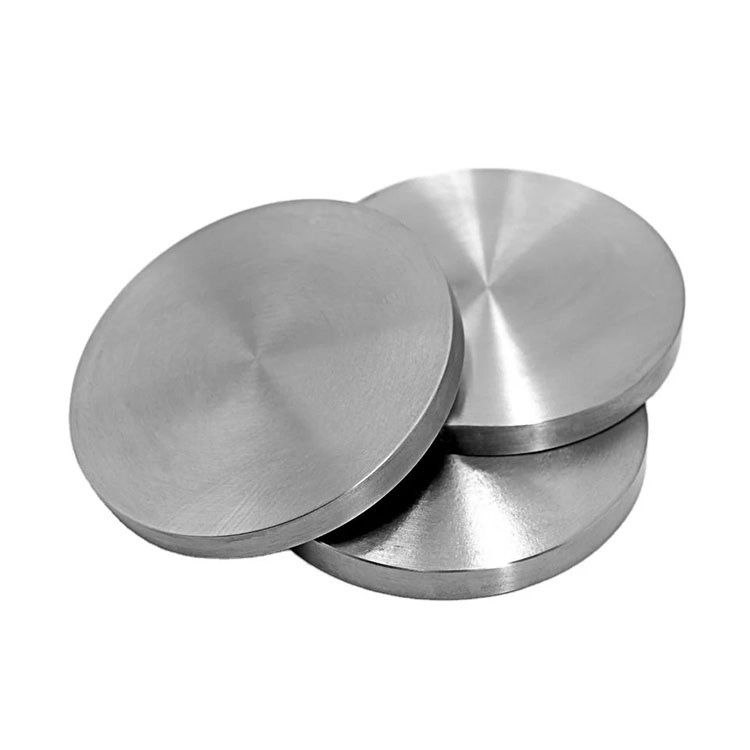

- Excellent Electrical Conductivity: AlSi alloys offer good electrical conductivity, making them ideal for interconnect layers and conductive films in electronic devices.
- Thermal Stability: AlSi films exhibit high thermal stability, ensuring reliable performance in high-temperature environments, such as semiconductor processing.
- Prevention of Electromigration: The addition of silicon to aluminum helps mitigate electromigration, improving the longevity and reliability of electronic components.
- Corrosion Resistance: AlSi alloys have good resistance to oxidation and corrosion, contributing to the durability of thin films in harsh operating conditions.
- Lightweight and Strong: The lightweight nature of aluminum, combined with the added strength from silicon, makes AlSi alloys versatile in applications requiring both durability and reduced weight.
-
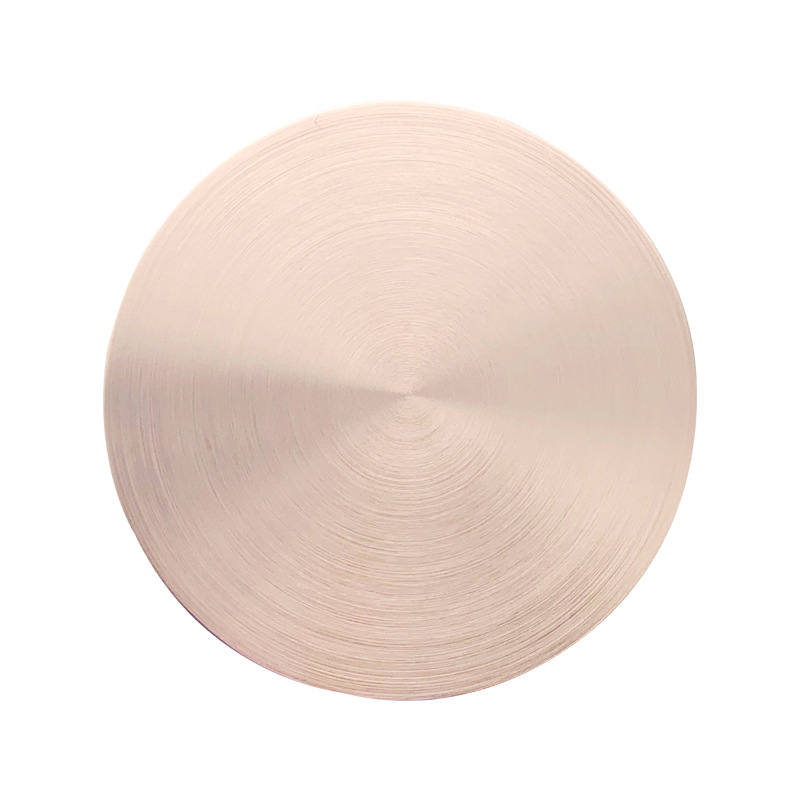
- Electrical Conductivity: The presence of aluminum and copper in the alloy enhances the electrical conductivity of the deposited thin films, making it ideal for semiconductor and electronic applications.
- Thermal Stability: AlSiCu alloy films exhibit excellent thermal performance, ensuring stability in high-temperature environments like semiconductor fabrication and automotive electronics.
- Mechanical Strength: Silicon contributes to the mechanical durability of the alloy, providing resistance to wear and cracking in thin films, which is essential in demanding applications.
- Corrosion Resistance: The alloy offers good resistance to corrosion, ensuring longevity in exposed environments, such as automotive electronics and solar cells.
- Customizable Size and Shape: AlSiCu sputtering targets can be produced in various forms, including discs, plates, and custom shapes, to suit different PVD systems and specific requirements.
-
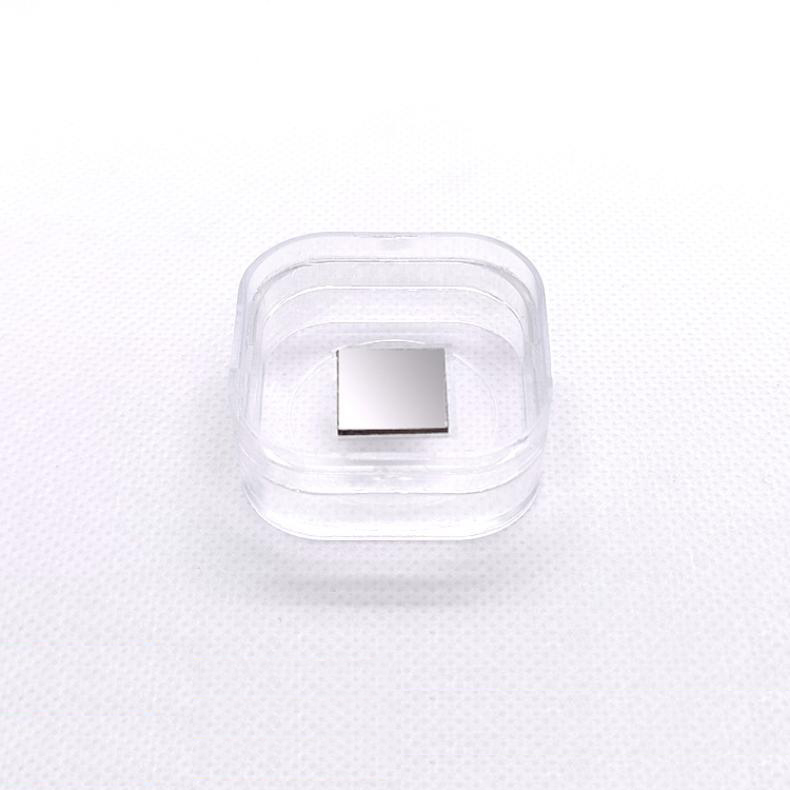
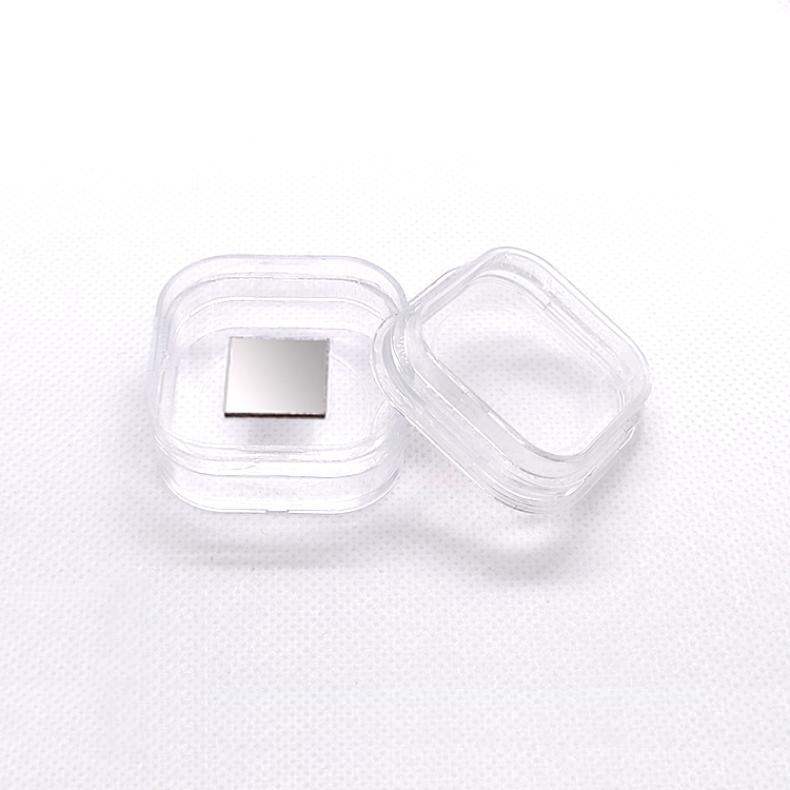
- Excellent Surface Flatness: Atomically smooth surfaces after mechanical and chemical polishing
- Superior Purity: Available with purity grades ≥ 99.999% (5N) for high-precision applications
- Outstanding Thermal Conductivity: ~235 W/m·K at 300K
- High Ductility and Malleability: Ideal for deformation and recrystallization studies
- Stable Oxide Layer: Natural formation of a thin Al₂O₃ protective layer
- Corrosion Resistance: Suitable for atmospheric and mild chemical environments
- Customizable Size and Thickness: From small squares to large diameter disks
-
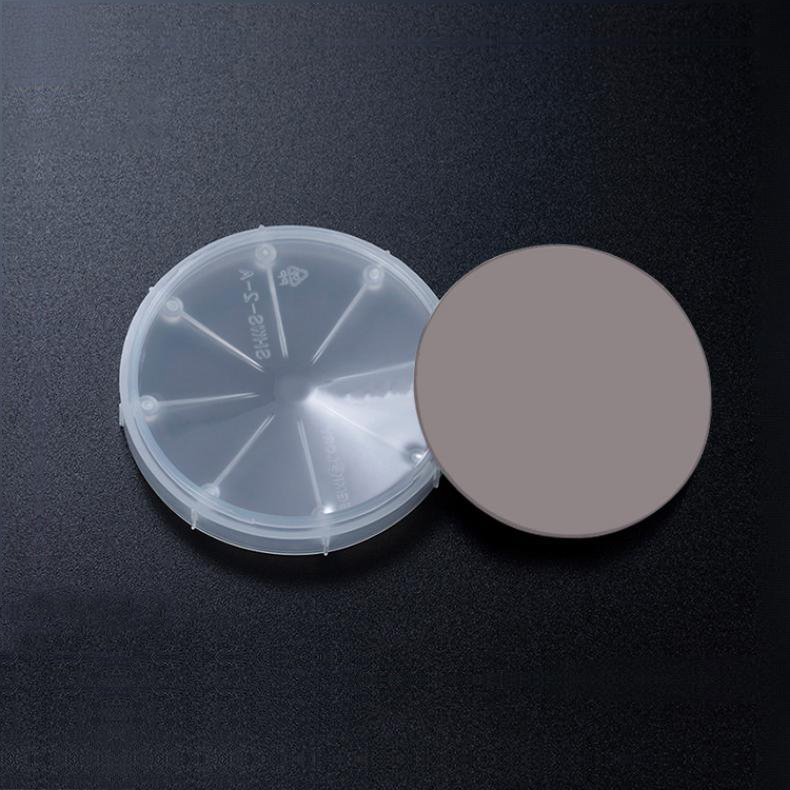
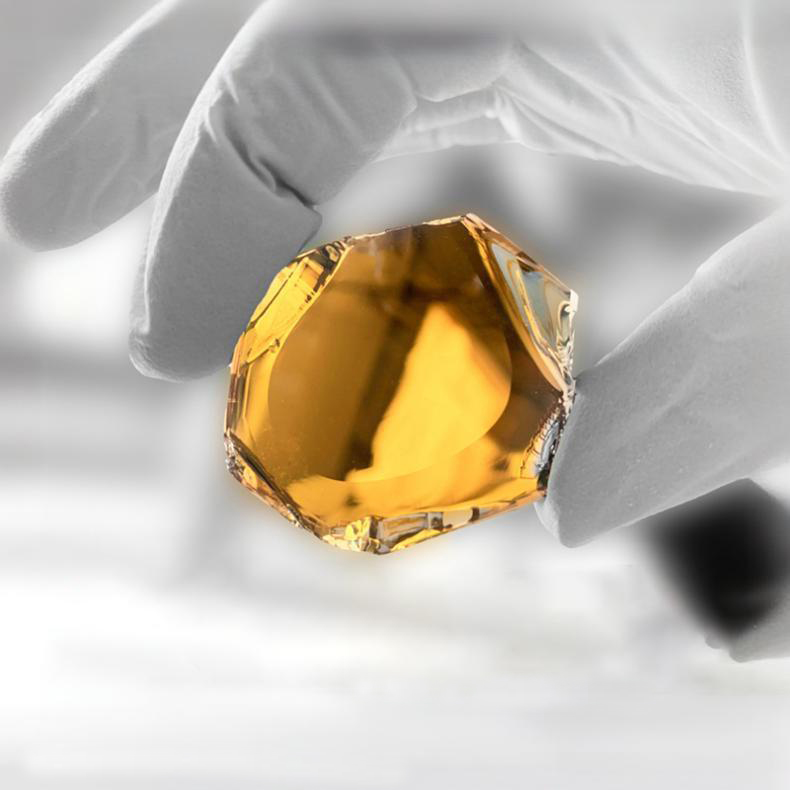
- Ultra-High Thermal Conductivity: Up to 285 W/m·K, comparable to diamond.
- Wide Bandgap: ~6.2 eV, ideal for UV optoelectronic devices.
- High Electrical Resistivity: Excellent insulation properties.
- Superior Chemical and Thermal Stability: Suitable for harsh environments.
- Low Dielectric Constant and Loss: Enables high-frequency applications.
- High Mechanical Strength and Hardness: Durable under mechanical stress.
- Perfect Lattice Match for GaN: Supports high-quality epitaxial GaN growth.
-

$51.00 – $96.00
- Ultra-high purity 5N (99.999%) for superior film uniformity and low defect density.
- Excellent sputtering performance with stable deposition rates.
- Low impurity levels meeting research-grade and semiconductor-grade requirements.
- Standard sizes in stock for fast delivery.
- Fully customizable in purity, diameter, thickness, and shape.
-
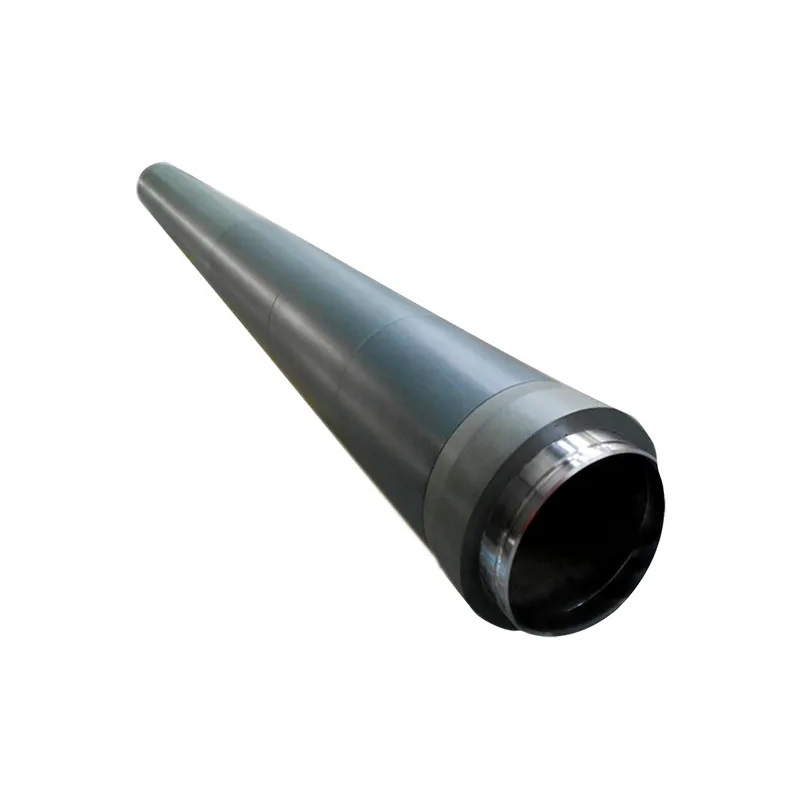
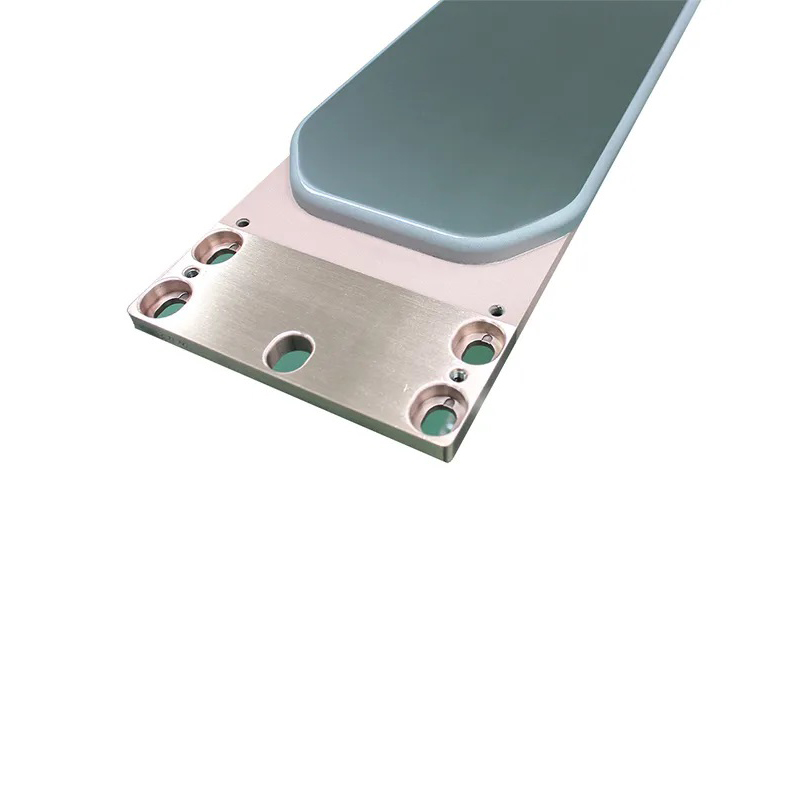
- High Optical Transparency: AZO offers excellent transparency in the visible spectrum, making it ideal for applications requiring clear conductive films.
- Good Electrical Conductivity: Despite its transparency, AZO provides high electrical conductivity, which is critical in photovoltaic cells and touchscreens.
- Environmentally Friendly: Unlike ITO, AZO does not rely on scarce or expensive elements like indium, making it a more sustainable and cost-effective choice.
- Thermal and Chemical Stability: AZO films maintain stability under various temperature and environmental conditions, making them suitable for outdoor and industrial applications.
- Low Reflectivity: AZO films are known for their low reflectance, which is beneficial in display technologies to reduce glare and improve visibility.
-
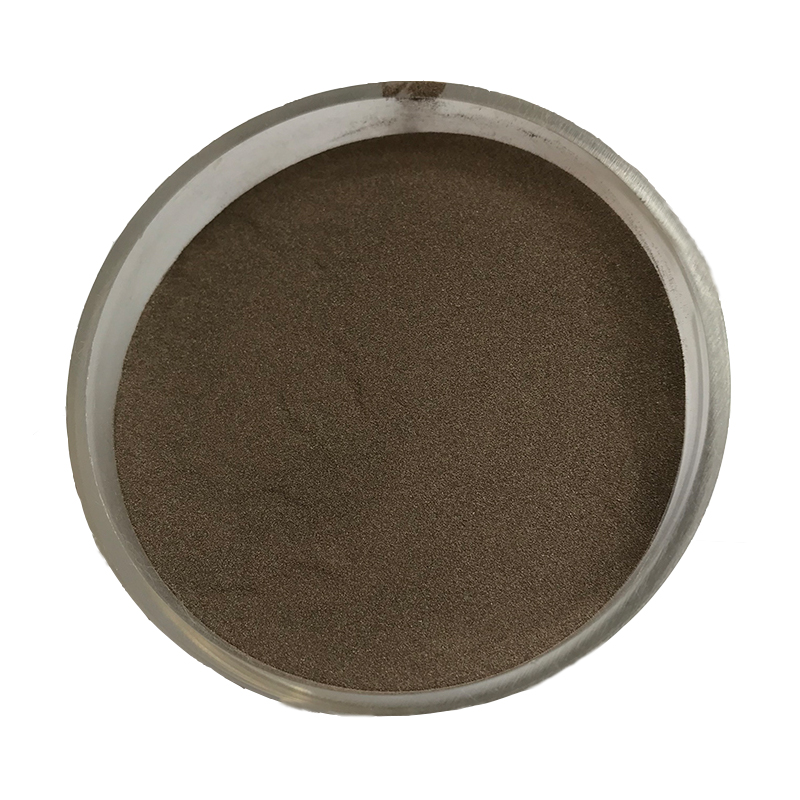
- Balanced Alloy Composition: Combines Fe, Co, Ni, Al, Cu, and Ti for superior performance.
- High Strength and Durability: Exceptional mechanical properties for demanding environments.
- Thermal Stability: Operates efficiently under extreme temperature conditions.
- Corrosion Resistance: Excellent resistance to oxidation and environmental wear.
- Magnetic Properties: Suitable for applications requiring magnetic performance.
- Customizable Particle Sizes: Available in nano and micro scales for various uses.
-
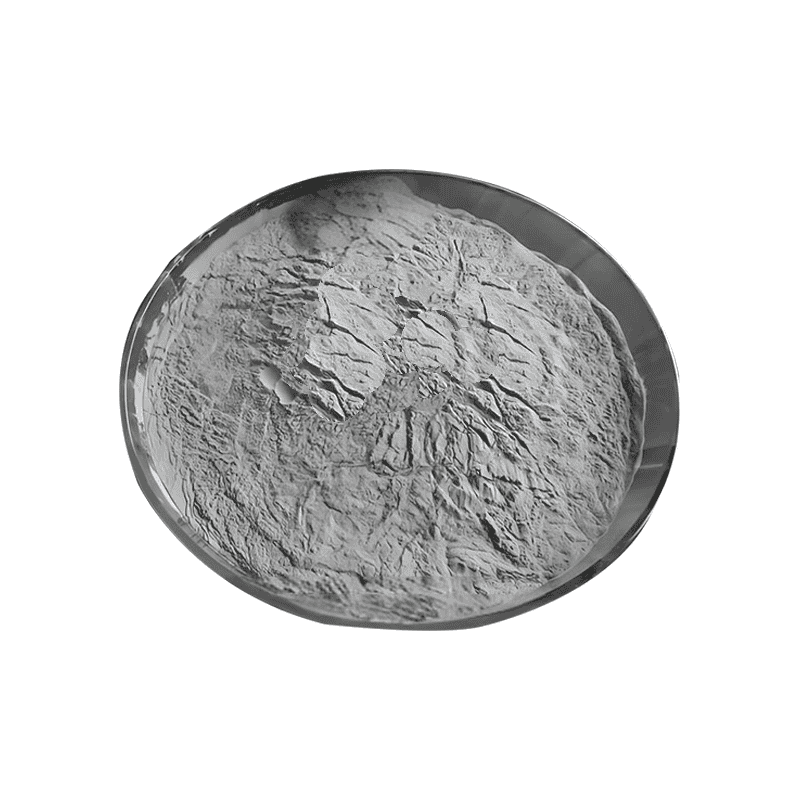
- Multi-Element Alloy: Balanced composition of Fe, Cu, Al, Cr, and Ni for enhanced properties.
- High Corrosion Resistance: Excellent resistance to oxidation and environmental degradation.
- Superior Mechanical Strength: Outstanding strength and durability for demanding applications.
- Thermal Stability: Maintains performance under high temperatures.
- Customizable Particle Sizes: Tailored for diverse manufacturing needs.
-

- High Strength-to-Weight Ratio: Combines durability with lightweight characteristics.
- Corrosion Resistance: Excellent performance in harsh environments.
- Thermal Stability: Maintains properties at elevated temperatures.
- Versatile Applications: Compatible with additive manufacturing, coatings, and traditional metallurgy.
- Customizable Composition: Tailored to meet specific project requirements.
